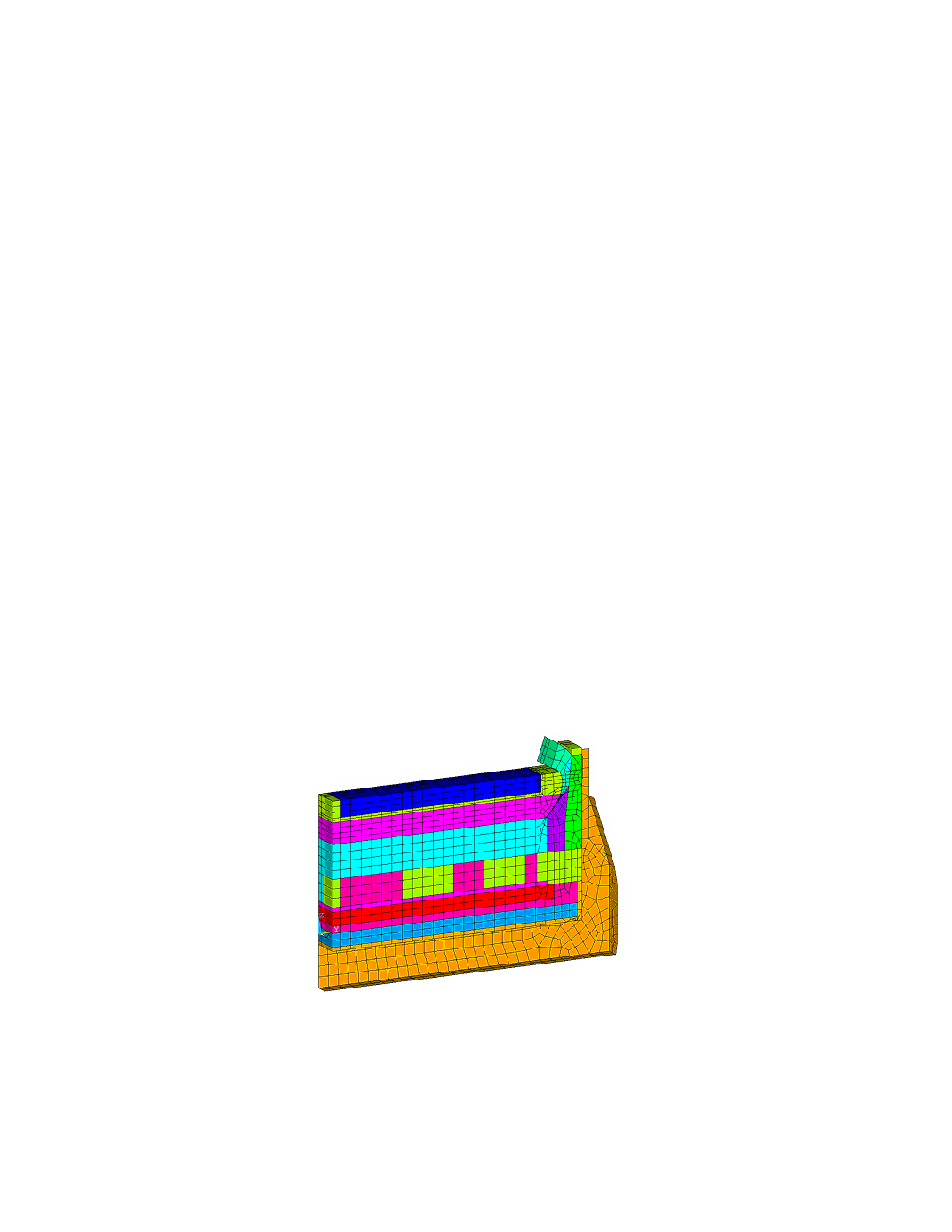
Furthermore, the observed "W" shape erosion pattern [3] implies that that erosion rate is
proportional to the current density at the metal/cathode block interface.
Considering those facts, it has been proposed in [1] to use selective collector bar
successfully achieved without significantly increasing the cathode voltage drop by using
bigger collector bars.
Of course, as demonstrated in [2], having a uniform current density at the
the metal pad. This in turn should have a significant impact on the MHD cell stability. In
order to be able to analyze that impact, the MHD model must be able to represent the
selective cast iron rodding pattern around each collector bar.
decreasing size while going from the center of the cell side wall. The length of the middle
section is half of the section close to the cell center while the section close to the cell wall is
about one third of the middle section. The resulting current density in the metal pad obtained
using the ANSYS